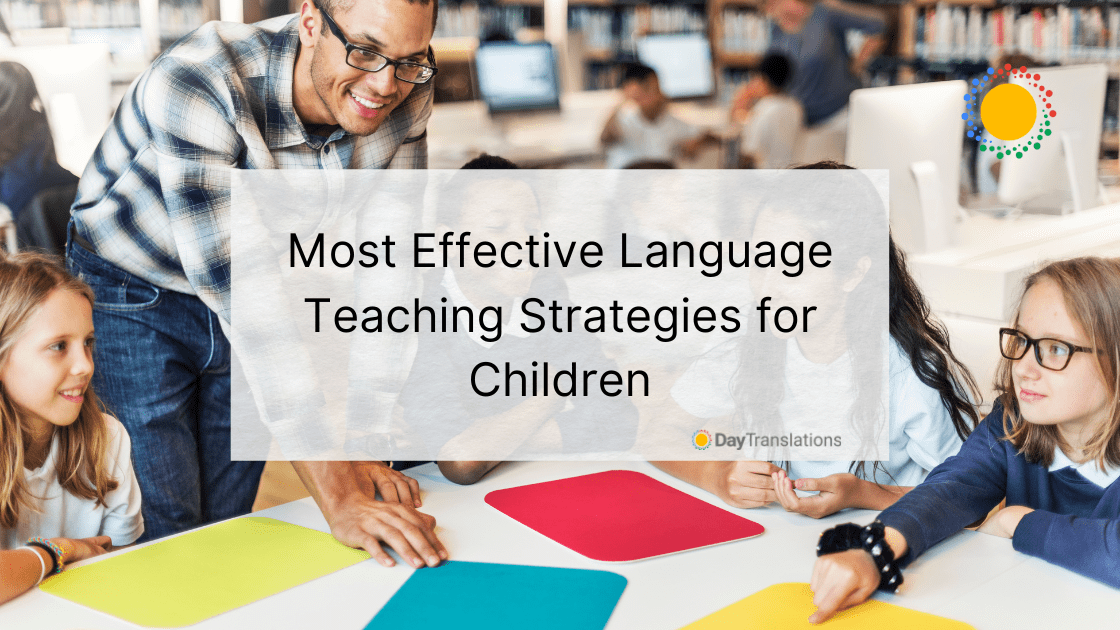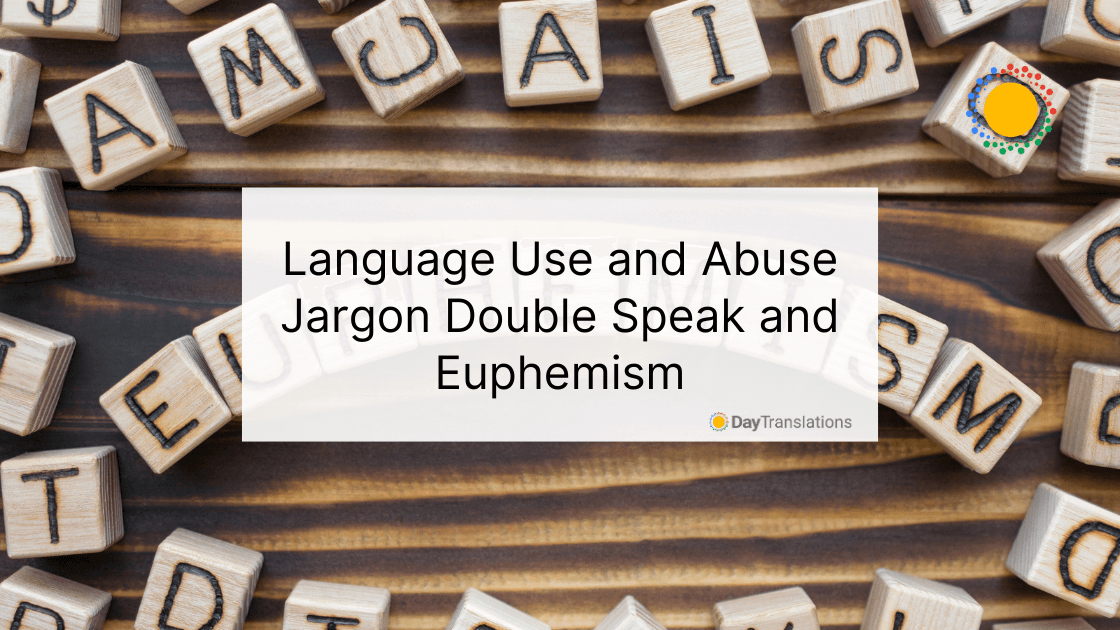There are many benefits of bilingualism and more parents are doing their best to raise children who speak more than one language. Based on studies, bilingual and multilingual brains are more efficient on certain tasks. Bilingual brains are also more capable of tuning out unnecessary stimuli or distractions. It has become popular in both monolingual and bilingual families to expose young children to languages other than the mother tongue. Because of this, there are lingering questions as to the most effective language teaching strategies for children.
Why we need to identify the best strategies
It is important to determine which strategies are most important in teaching children languages. How they learn and the tools that work with them are not similar to adults or teenagers. For example, using the best grammar book available may not be the best choice in teaching a new language to a child. This method may even discourage him or her to pursue more language learning lessons.
There are many language resources around but it depends largely on the choices made by the language teacher whether the strategy used for a particular lesson will facilitate learning or not.
Strategies that work
- Consistency. Uniformity facilitates understanding of lessons. Whether at home or in school, language lessons are going to be inculcated in the minds of young learners if there is consistency. Long-term and short-term goals have to be set and these should serve as the basis for establishing regular habits that facilitate learning.
- Redundancy. Teachers are encouraged by experts to imbibe the concept of redundancy in their lessons. Children may not understand a concept presented to them for the first time mainly because they were not paying full attention. The bigger challenge for teachers is to keep the lessons interesting despite the redundancy.
- Structured environment. If the environment focuses the child’s attention to the content of the lessons, then learning is facilitated. If the environment is conducive to learning, the lessons become more comprehensible. It is true, fun and spontaneous activities facilitate learning in children, but that does not mean that the approach needs to be unstructured.
- Immersion. Students who are granted many and constant opportunities to immerse with native speakers have the chance to apply what they have learned. Children learning about new words and phrases can not only use them in actual situations, but they are also given the chance to observe actual usage in daily life. It is very important that language learners, no matter what the age, are given the chance to communicate in the language that they are striving to master. Immersion involves more than interacting with native speakers. It also includes activities that help the learners understand the culture tied to the language.
- Use of multisensory teaching materials. The efficacy of using visual aids and manipulatives in teaching children language lessons. Resourceful and creative teachers can also use these teaching aids to give constructive feedback to children in a way that they will understand. The use of teaching aids goes a long way in developing a full range of competencies in children.












Sorry, the comment form is closed at this time.